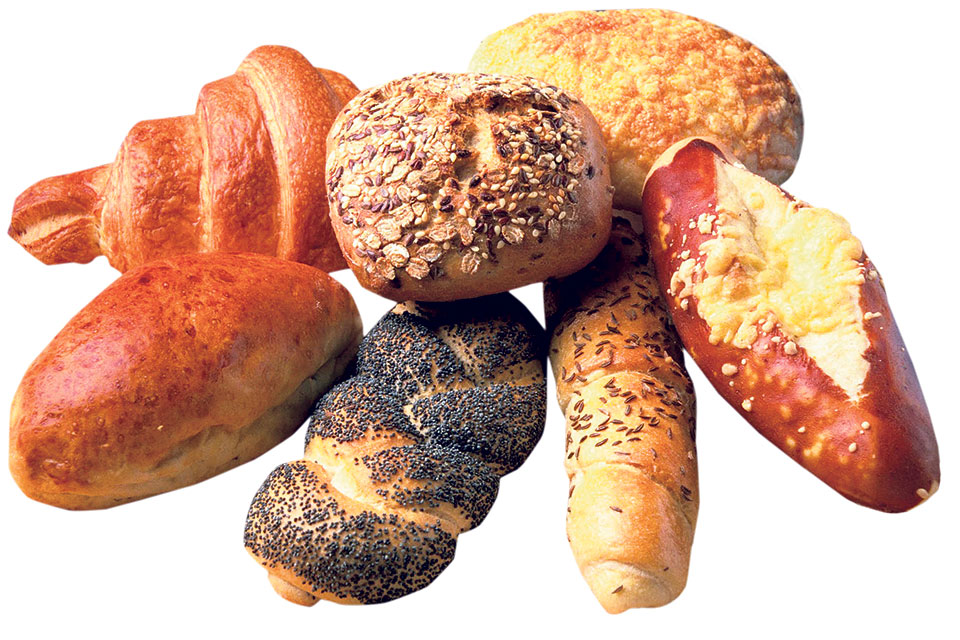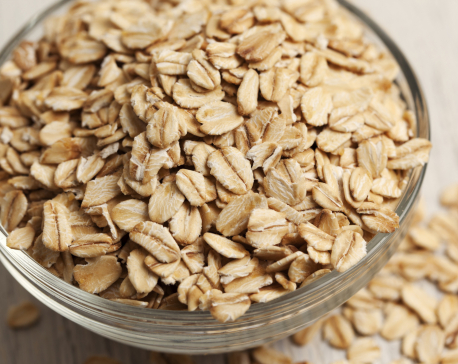
OR

The concern for health is a universal one. Immortality is an illusion but prolonging life for the most productive of years definitely isn’t. And thus eating healthy has been on the prime agenda for an increasing number of Nepali people. While this is a good thing for the health of the general mass, unawareness of the health benefits of the country’s own produces is quite alarming. Too many people have taken to subscribing to western-tailored diet plans that cost an outrageous amount. The fallacy that everything Nepali is unhealthy has got to change. It isn’t.
Take a look at your own inventory and you will be surprised at what you may discover.
Here we have listed out a few grains and their benefits to get you started.
Wheat
Perhaps one of the most protean of grains, wheat has more nutritional benefits on consumption than thought possible. It aids in preventing type 2 diabetes, gallstones and breast cancer, and lessens chances of childhood asthma as well. Most cherished of all its benefits is perhaps its ability to tackle obesity and improve body metabolism.
However studies have shown that wheat works better with women than men in dealing with obesity. But be mindful about the wheat you consume. Remember there’s a difference between wheat bread and whole wheat bread. Wheat bread is merely refined white flour and thus has very less nutritional content. On the other hand, whole wheat bread is the result of the bran, the germ, and the endosperm of the wheat kernel being left intact and this is what essentially stands for the goodness of wheat.
The best thing about wheat probably is that, it’s relatively easy to incorporate into your daily diet. Consuming whole wheat bread or wheat pasta or even roti can do you more good than you realize.
Buckwheat
You cannot miss out to mention buckwheat when the discussion concerns the nutritional goodness of grains. Despite its association to the nomenclature of wheat, it has no relations whatsoever with wheat. Buckwheat is gluten free and that should be enough justification enough on the stark difference.
Buckwheat contains various antioxidants, proteins and minerals and is particularly famous for aiding in the control of blood sugar levels. Buckwheat also boasts a significant quantity of fiber that can help you maintain a healthy colon. Also an added plus is that, in comparison to most grains, buckwheat is low in phytic acid, a common inhibitor of mineral absorption commonly found in grains. This means that even upon cooking, buckwheat retains its minerals unlike most grains.
Regular buckwheat consumption can improve blood lipid profile and help bolster your heart health. If this doesn’t convince you to make a grab for buckwheat right this instant, we are not sure what will. Buckwheat ‘dhindo’ may just change your life.
Millet
You cannot have grown up in a Nepali household and never have heard about the miraculous existence of millet and its infinite benefits. And as difficult as it may be to accept everything you hear, albeit a little exaggerated, it is evidently right. Millet is higher in protein and fiber than wheat or corn and contains essential minerals such as magnesium, phosphorous, copper, manganese and iron. It is also rich in antioxidants and is an incredible agent in detoxifying the body.
It is one of the best possible additions to your diet for a healthy heart. Because it contains magnesium in plentiful amounts, millet can be excellent in reducing blood pressure and lessening the chances of heart attacks and strokes. Millet also has iron in abundance. Iron is vital for the proper functioning of hemoglobin, the protein responsible for transporting oxygen in the blood. So what say to some millet ‘dhindo’ or better millet pancakes?
Marsi rice
Marsi rice rose to stardom only recently in the Durga Prasai debacle. But its stature as a food for the elite birthed off as a result of its great health benefits and scarcity in availability. This variety of rice is for the diabetics who find themselves deprived of the staple white rice. The red marsi rice is rich in Omega-3 and Omega-6 fatty acids, selenium, iron, sodium, Vitamin K and B6, thiamine, phosphorus, niacin and everything else you associate with healthy food. And because the rice it organically processed, it retains all of its nutrients.
The rice also contains the wholesome goodness of essential acids, vitamins, minerals and dietary fibers, it is a healthy choice of food for people of all ages. Marsi rice is also great for improving digestion, cutting out fats and is an energy stimulator. Steam it up with the lid out and stir it continuously during cooking. This type of rice may take some effort to prepare than regular white rice but the health benefits it will give you will totally justify the effort.
You May Like This

Health benefits of oats
Oatmeal is rich in soluble fiber, so people tend to feel full more quickly after eating it than they do... Read More...

Left alliance promises self sufficiency of food grains in 2 years
KATHMANDU, Nov 5: The CPN (UML) and CPN (Maoist Centre) have expressed the commitment of making the country self-dependent on... Read More...

NFC keeps adulterated food grains, sat on rice meant for earthquake survivors
KATHMANDU, August 28: Food grains at Nepal Food Corporation (NFC) warehouse have been adulterated with sands and small pieces of pebbles,... Read More...







Just In
- NRB to provide collateral-free loans to foreign employment seekers
- NEB to publish Grade 12 results next week
- Body handover begins; Relatives remain dissatisfied with insurance, compensation amount
- NC defers its plan to join Koshi govt
- NRB to review microfinance loan interest rate
- 134 dead in floods and landslides since onset of monsoon this year
- Mahakali Irrigation Project sees only 22 percent physical progress in 18 years
- Singapore now holds world's most powerful passport; Nepal stays at 98th











Leave A Comment